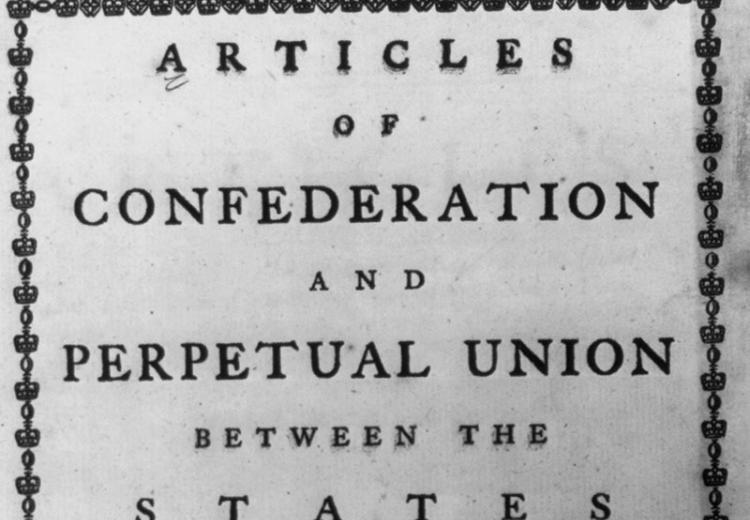The Federalist Debates: Balancing Power Between State and Federal Governments

Articles of Confederation and Perpetual Union.
This series of activities introduces students to one of the most hotly debated issues during the formation of the American government -- how much power the federal government should have — or alternatively, how much liberty states and citizens should have. The lesson begins by tracing the U.S. federal system of government to its roots, established by America's Founding Fathers in the late 18th century, highlighting the controversial issue of state sovereignty versus federal power. Students compare the Articles of Confederation to the Constitution, analyzing why weaknesses in the former led to the creation of the latter. Then they examine the resulting system of government formed by the Constitution, investigating the relationship between federal and state governments as they exist today. Finally, students reflect back on history and argue whether they believe Hamilton or Jefferson had the more enduring vision for America.
Guiding Questions
How should power be distributed between states and the federal government for a successful democracy?
What are the pros and cons of state sovereignty vs. federalism, as argued by the Founding Fathers?
Learning Objectives
Examine the differences and similarities between state and federal governments and their functions, structures, and powers.
Evaluate the arguments forwarded by Federalists and the Anti-Federalists regarding the proper role of government.
Construct a position regarding federalism based on analysis of primary sources and your own evaluation of the proper role of government.
